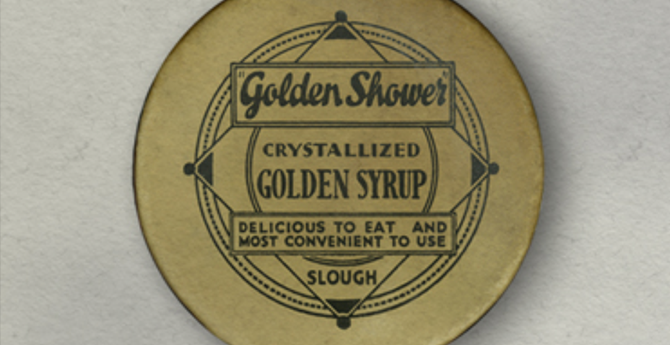The dilution thing isn't something I've done myself - I have enough on my hands with yeast and hops experiments

- but it seems plausible and if it's OK by Kristen England then it's OK by me.
We don't see much blackstrap in the UK, but AIUI it's somewhat-similar-but-not-the-same as treacle.
90/10 pale/invert is the other end of the scale, but one I suspect that drinkers outside the UK don't see much of. As it happen, Ron Pattinson's latest recipe is a
Barclay Perkins 1921 export PA that is exactly that, 5.5% 60 IBU, 1.018 FG 70% attenuation, probably bottled. The beer I grew up on was same grist but a touch under 4%, mid 20's IBU, 1.005 FG, ~85% attenuation and cask conditioned. That FG/attenuation puts Boddington's right out there at the other extreme to the sickly-sweet Thames Valley bitters, but it's an identifiable thread throughout the history of British beer. Although modern Boddies has been beaten up by 30 years of corporate mis-steps, you can see the influence in the likes of Lees MPA, Marble Pint and Track Sonoma which also show some APA influence - I'm not sure what kind of distribution they get overseas though.
So although straight pale/invert is the beer I grew up on, I can recognise that it's an extreme, which is why I suggest mixing invert and crystal in the first instance, people can tweak from there. I would say though that it's a style that's easily ruined by carbonic acid, they don't take particularly well to force-carbing, they prefer bottling or (better, if you can justify it) casking.







































![Craft A Brew - Safale S-04 Dry Yeast - Fermentis - English Ale Dry Yeast - For English and American Ales and Hard Apple Ciders - Ingredients for Home Brewing - Beer Making Supplies - [1 Pack]](https://m.media-amazon.com/images/I/41fVGNh6JfL._SL500_.jpg)


















